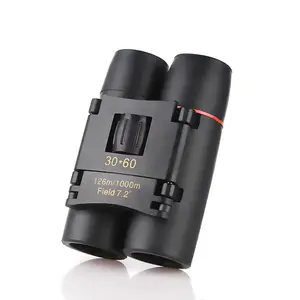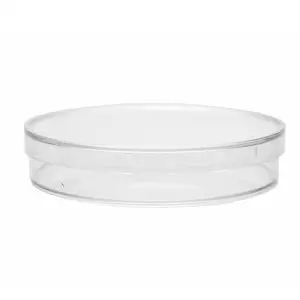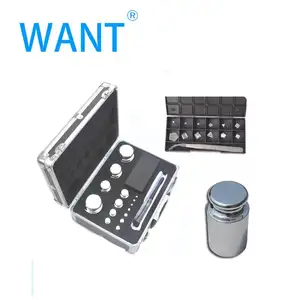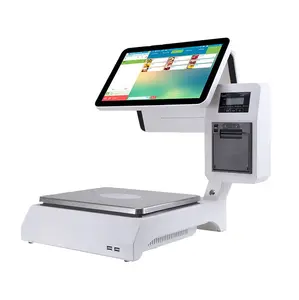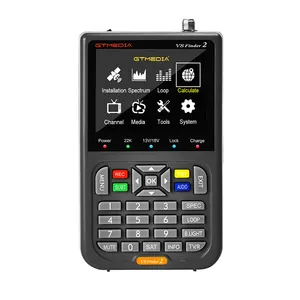Popular in your industry































































About function of dial gauge
Understanding the Function of Dial Gauge
Dial gauges, also known as dial indicators, are precision instruments used to measure small distances or angles with high accuracy. The function of dial gauge is to provide a physical measurement reading, typically in industrial or mechanical processes. These tools are essential in ensuring the precision of manufactured parts and assemblies.
Dial Indicator Function in Application
The dial indicator function is versatile, finding its application in various fields such as mechanical engineering, metalworking, and quality control. It is primarily used to check the roundness or flatness of a surface, aligning machine components, or in calibration setups. The precision of a dial indicator ensures that it is an indispensable tool for maintaining the integrity of manufacturing processes.
Components and Their Roles
Understanding the dial indicator parts and functions is crucial for proper usage. A typical dial gauge consists of a face or dial, a needle, a spindle, and a stem. The spindle, connected to the needle, moves in response to the object being measured. This movement is then translated into a reading on the dial, which can be analog or digital.
Features of Dial Gauges
The dial gauge parts and function are designed to offer reliability and accuracy. These instruments come with various features such as shockproof mechanisms, different measuring ranges, and resolutions. The construction materials are often durable metals that withstand regular use in industrial environments.
Advantages of Using Dial Test Indicators
The dial test indicator function is to provide precise measurements in confined spaces where standard dial indicators may not fit. They are smaller and have a lever-type arm that allows for greater flexibility in measurement tasks. The dial test indicator parts and functions are specifically tailored to provide ease of use and accurate readings even in challenging measurement scenarios.
Choosing the Right Dial Gauge
Selecting the appropriate dial gauge involves understanding the specific function of dial test indicator that suits your needs. Factors to consider include the range of measurement, resolution, accuracy requirements, and the physical environment in which the tool will be used. It is important to match the tool to the task to ensure measurement integrity.
